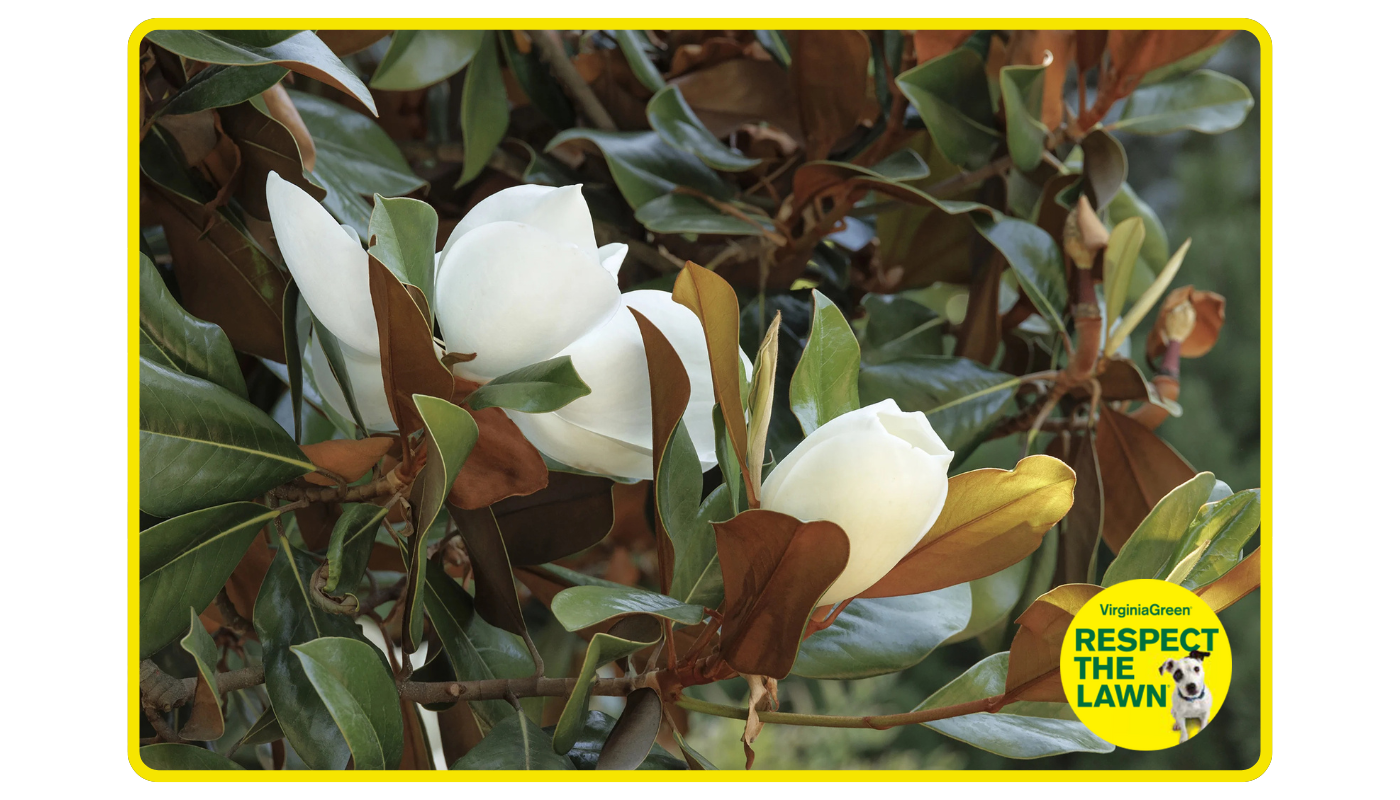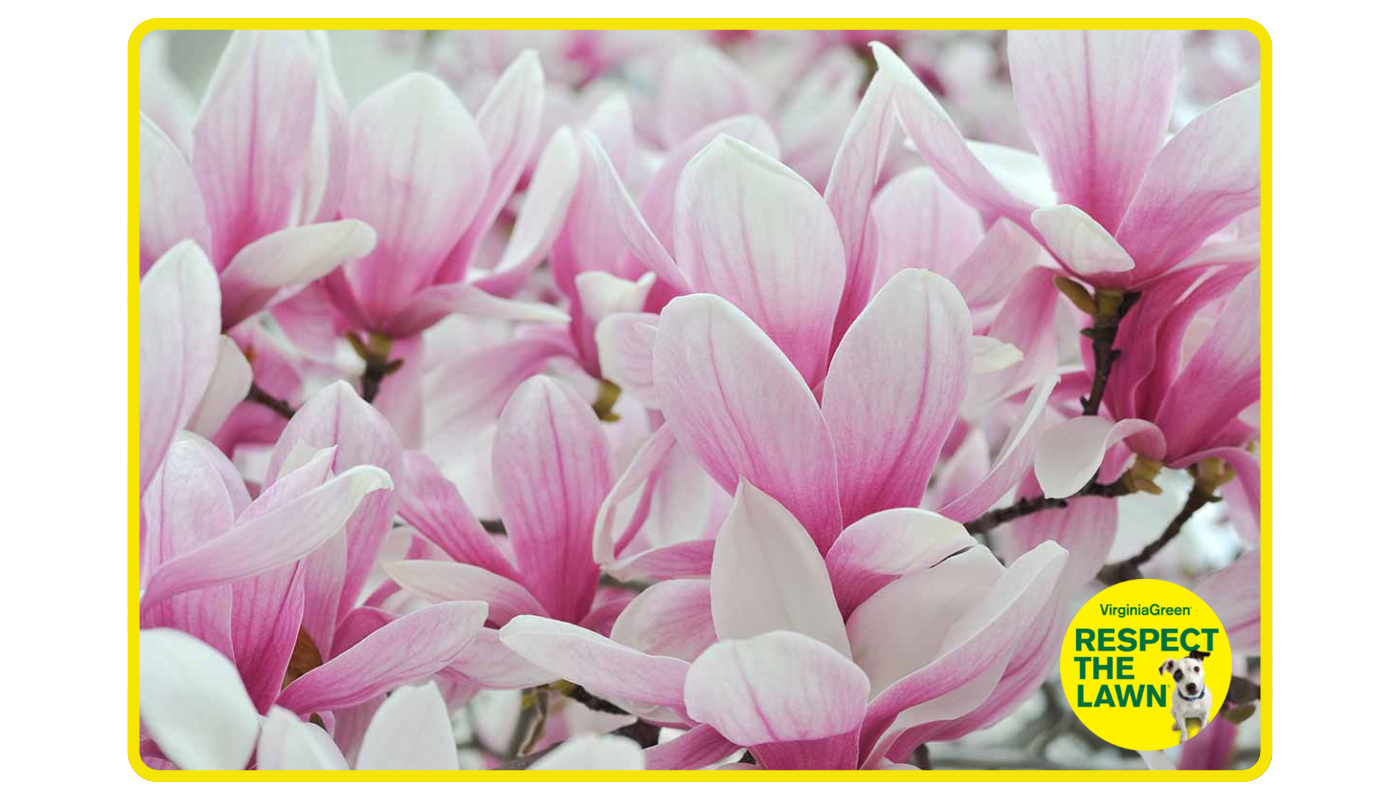Tree Care Guide: Magnolia Trees
Magnolia trees are often large, always beautiful trees acting as centerpieces to many gardens in southern lawns and across the US. Virginia Green helps you understand the needs and wants of these beautiful trees, from deciduous varieties such as the Saucer Magnolia to evergreen varieties like the Southern Magnolia.
Topics Index
- Why Plant a Magnolia Tree
- When to Plant a Magnolia Tree
- Where to Plant a Magnolia Tree
- "Leaf" Magnolia Tree Care to the Professionals
- Final Thoughts
Why Plant a Magnolia Tree
Magnolia Trees are an excellent way to provide a source of shade and beauty to your yard. With their ability to grow large in stature and produce beautiful, fragrant flowers, Magnolia trees are the standard for showstopping trees if cared for and maintained properly. The trees can grow up to 80 feet in height and spread upwards of 30 and some-times 40 feet in width depending on the species – Making them the center piece of the classic southern lawn.
From an ecological standpoint, the Southern Magnolia tree – for example - provides year-round shade and shelter for the wildlife in your yard. The wide sprawling and extensive root system can help stabilize the soil, which can aid proper lawn health. On top of these benefits, the large flowers of any Magnolia tree are a prime source for pollinators which can give the rest of your yard a boost!
Other Magnolia’s provide many of the same benefits, but deciduous ones may not hold their leaves throughout the year. For example, the Saucer Magnolia drops its leaves but provides an explosion of color and fragrant flowers in the early spring.
Stay On Top of Your Lawn and Yard Care
Professional lawn care helps your grass thrive year-round with fertilization, aeration, and weed control programs. Add on our Tree and Shrub care and your lawn will be the talk of the neighborhood.
When to Plant a Magnolia Tree
Plant deciduous magnolia trees in late fall or early spring for the best results, as this allows the tree to establish strong roots before the summer heat. For evergreen magnolias, early spring is generally recommended. Avoid planting any magnolia tree during the peak of summer heat. For the first 6-12 months after planting, both types will benefit from mulch and regular watering during warm or dry weather.
Where to Plant a Magnolia Tree
The best place to plant a magnolia is a spot with full sun or afternoon shade. Magnolia trees have extensive, shallow root systems and can grow quite wide, so choose a spot with ample space away from buildings, sidewalks, and other structures. Additionally, the branches of magnolia trees can be brittle, especially in the colder, winter months, so a location with shelter from strong winds is ideal.
Use these basic guidelines when planting a Magnolia tree but as always, it’s best to care for your exact kind of Magnolia. If you’re not sure what you’ve got, these tips should help!
Deciduous Magnolia Care:
- Prune after flowering
- Moist but well-draining soil
- Acidic, neutral soil pH
- Full to partial sunlight
- Hardiness Zone: 4 – 9
Evergreen Magnolia Care:
- Prune in Spring, Summer, late fall or Winter.
- Moist, well-draining soil
- Slightly acidic to neutral soil
- Full to partial sunlight
- Hardiness Zone: 6 - 10
“Leaf” Magnolia Tree Care to the Professionals
If DIY planting is overwhelming, hiring a lawn care and landscaping company to plant a magnolia tree ensures a successful, long-term investment by providing expertise in site selection, proper installation, and maintenance. Professionals have the knowledge and equipment to ensure the tree thrives, saving you time and preventing costly mistakes.
Once you've undergone the process of planting a Magnolia Tree, it's important to maintain it so it can have a full and healthy life. A professional company, such as Virginia Green, offers tree and shrub services that help you maintain and care for your landscape's valuable assests. These tree and shrub services include inspection and treatment of insects, disease and weather damage. Integrated Pest Management and deep root fertilization ensures that your ornamental tress and shrubs are protected against damaging insects and are properly fed for growth and color.
Final Thoughts
Magnolias are long-lived trees that can provide generations of beauty, with some specimens lasting around 100 years. With the proper planning and placement, a magnolia tree is a scenic investment for your home or commercial space.
Need help caring for your magnolia tree in your lawn or garden space? Contact us today to schedule your appointment at Our Locations.
Explore All of Our Locations
Find professional lawn, tree, and shrub services near you.


